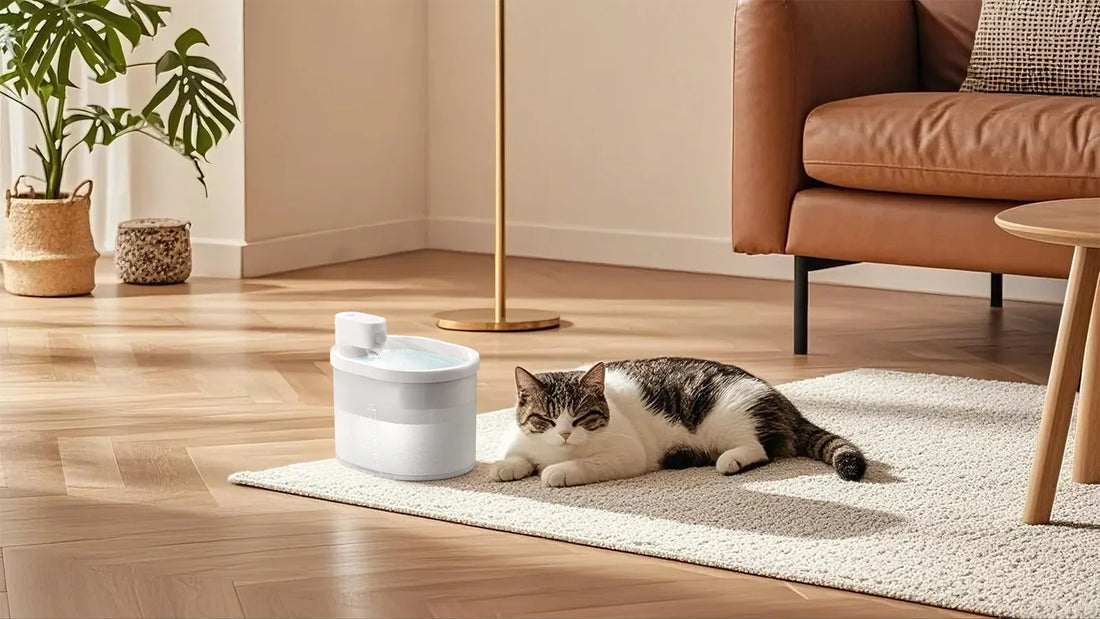If you’ve ever watched your dog devour their food in seconds, you’re not alone. Many pet owners face the challenge of their furry friends eating too quickly, which can lead to serious health issues. Fortunately, there are effective ways to slow down your dog’s eating habits, starting with the right dog bowl. This article explores why dogs eat too fast, the risks involved, and how to address the problem using specialized bowls and feeding strategies.
Why Do Dogs Eat Too Fast?
Understanding why your dog eats too quickly is the first step toward solving the problem. Dogs may eat rapidly due to instinctual behaviors, competition, or even boredom. In the wild, dogs had to compete for food, leading to a habit of eating as much as possible in a short time. While domesticated dogs don’t face the same challenges, this instinct can still persist. Additionally, some dogs may eat quickly because they’re anxious or simply excited about mealtime.
The Risks of Eating Too Fast
Allowing your dog to eat too quickly can have serious consequences. One of the most common risks is choking, as dogs may not chew their food properly. Rapid eating can also lead to bloating, a potentially life-threatening condition where the stomach fills with gas and twists. Other risks include vomiting, regurgitation, and gastrointestinal discomfort. Over time, fast eating can even contribute to obesity, as your dog may consume more food than they need without realizing it.
How a Dog Bowl Can Help
Specialized dog bowls designed to slow down eating are an excellent solution to this problem. These bowls often feature raised ridges, mazes, or compartments that force your dog to work around obstacles to access their food. This not only slows down their eating but also provides mental stimulation, making mealtime more engaging. Some bowls are also designed to promote better digestion by encouraging your dog to chew their food thoroughly.
Choosing the Right Dog Bowl
When selecting a dog bowl to slow down eating, consider your dog’s size, breed, and eating habits. Larger dogs may require bowls with deeper ridges, while smaller breeds might benefit from shallower designs. Look for bowls made from durable, non-toxic materials that are easy to clean. It’s also important to choose a bowl that’s the right size for your dog’s portion, as overfilling can defeat the purpose of slowing down their eating.
Other Strategies to Slow Down Eating
While a specialized dog bowl can be highly effective, there are other strategies you can use to slow down your dog’s eating. One approach is to divide their meals into smaller portions and feed them throughout the day. You can also use puzzle feeders or toys that dispense food gradually, encouraging your dog to eat more slowly. Another simple trick is to place a large object, such as a tennis ball, in their regular bowl to create an obstacle they must navigate around.
Training Your Dog to Eat Slowly
Training your dog to eat more slowly can take time and patience, but it’s worth the effort. Start by introducing the new bowl or feeding method gradually, allowing your dog to adjust at their own pace. Use positive reinforcement, such as praise or treats, to reward them for eating slowly. Consistency is key, so stick to the same routine and feeding schedule to help your dog develop healthier eating habits.
Monitoring Your Dog’s Progress
As you implement these strategies, keep a close eye on your dog’s eating habits and overall health. Look for signs of improvement, such as slower eating, reduced vomiting, or better digestion. If you notice any persistent issues or new concerns, consult your veterinarian for further guidance. Regular check-ups can also help ensure your dog maintains a healthy weight and avoids complications related to rapid eating.
Slowing down your dog’s eating habits is essential for their health and well-being. By investing in the right dog bowl and incorporating effective feeding strategies, you can help your furry friend enjoy mealtime safely and comfortably. Start today and give your dog the gift of healthier, more enjoyable meals.













